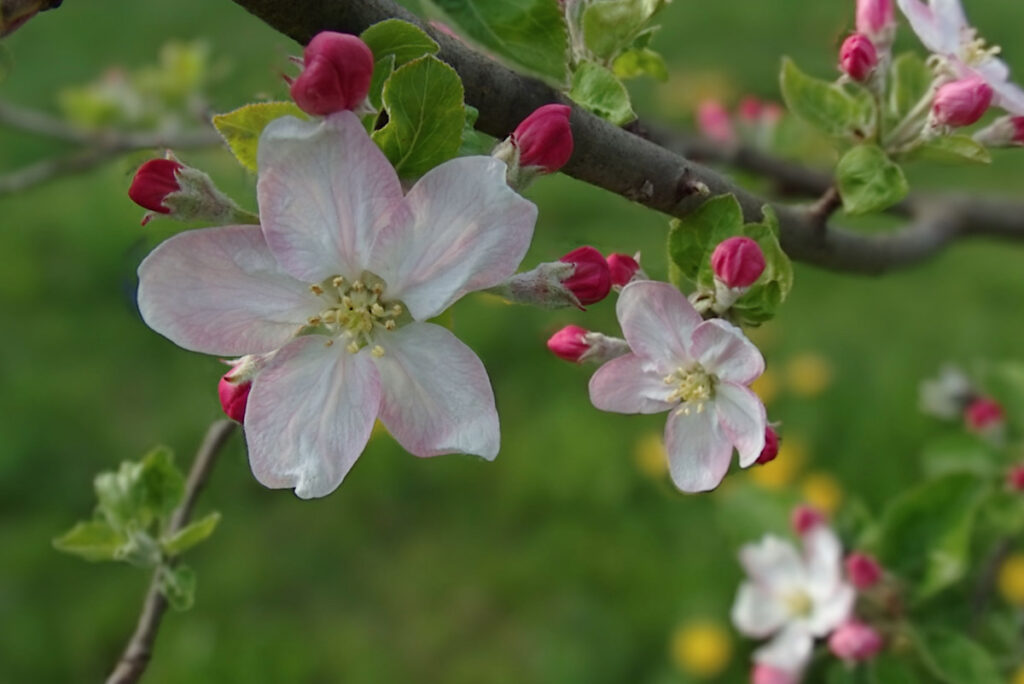
Lytro ILLUM sample image, Markus Nolf, lightfield-forum.com.
Disturbingly, one important constituent within the photographic habitus has remained conspicuously absent from most discussions in what has come to be called Post-Photography. This particular, which since the nineteenth century has routinely been considered a key stage in the photographic workflow, is the human photographer. Therefore, this article delineates the presence of the human photographer in photography, its first appearances, its rise to prominence and its subsequent fall. In doing so, it attempts to explain how we taught ourselves to think of photography as a human-centric form of art-making and whether we ought to continue thinking of it as such. It begins with historical accounts of photography’s ‘machinism’, it then discusses modernist accounts of photography as an act of artistic ingenuity, followed by several modalities that have recently become available through digital and networked technologies. The article concludes with an alternate account of photography today and the likely place of both human photographer and viewer within it in the foreseeable future.